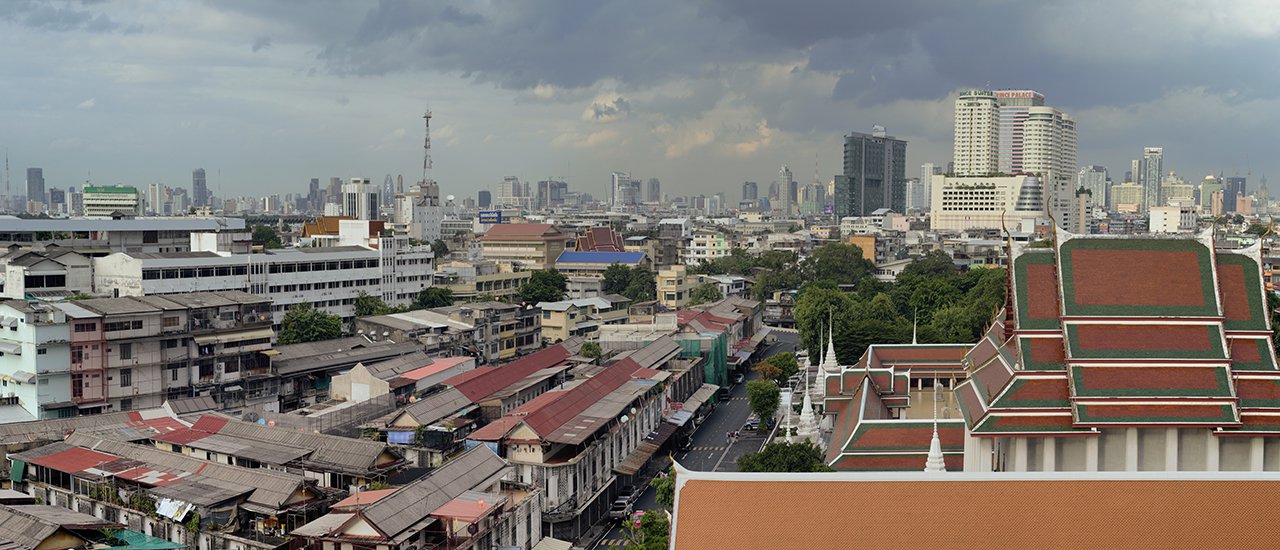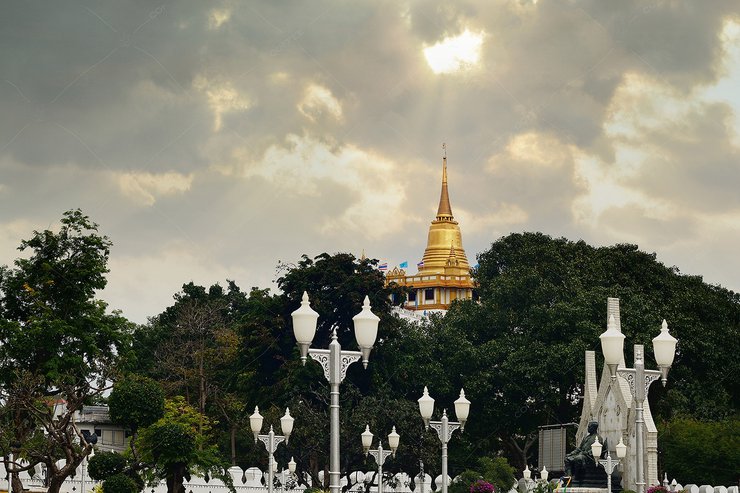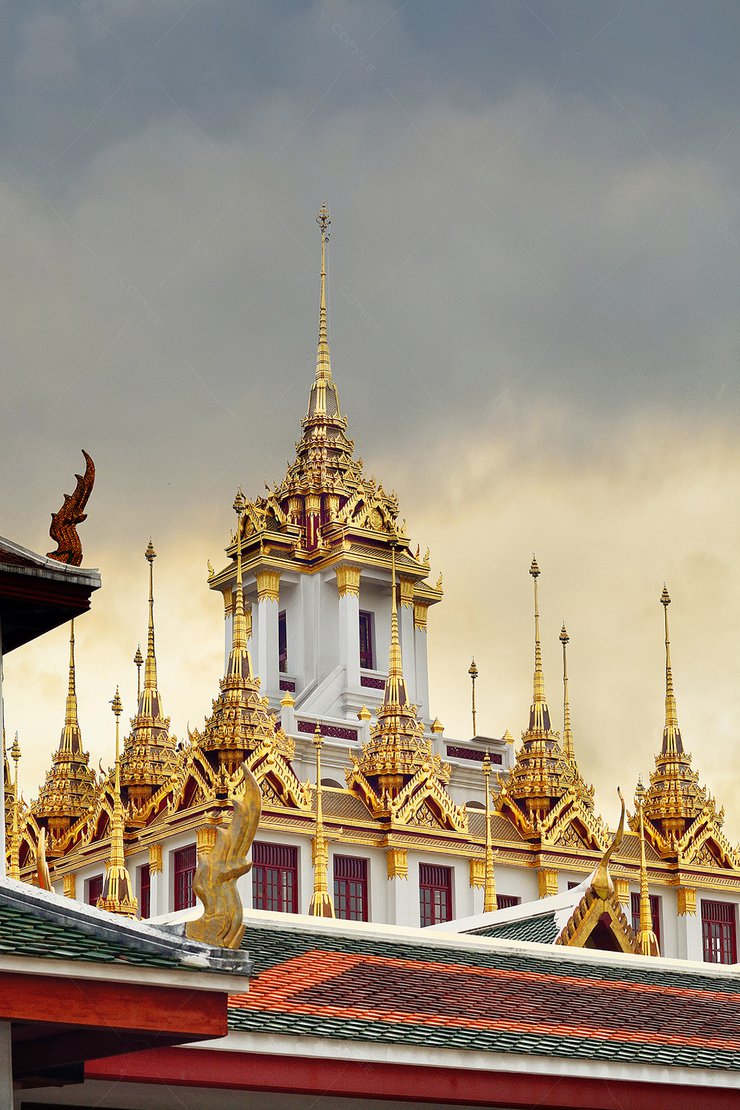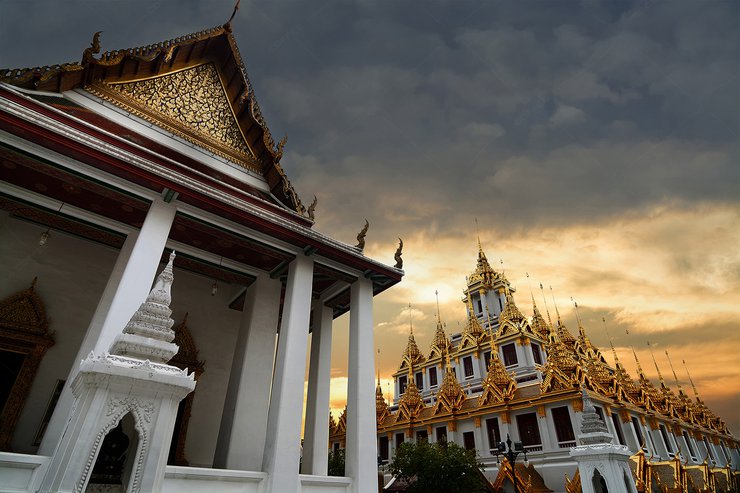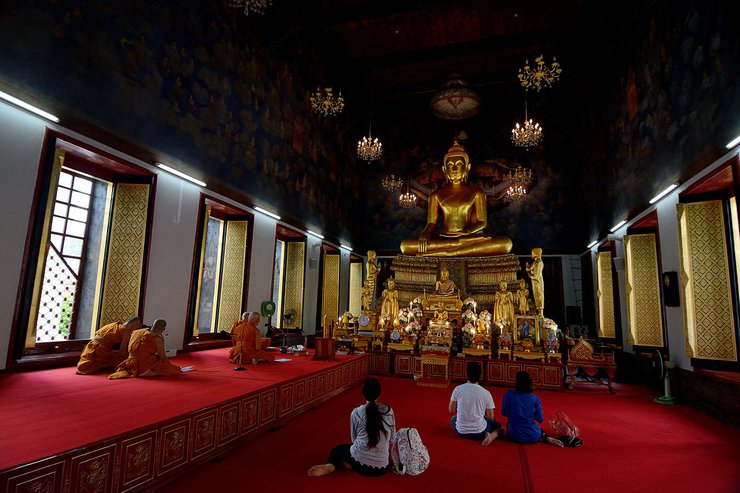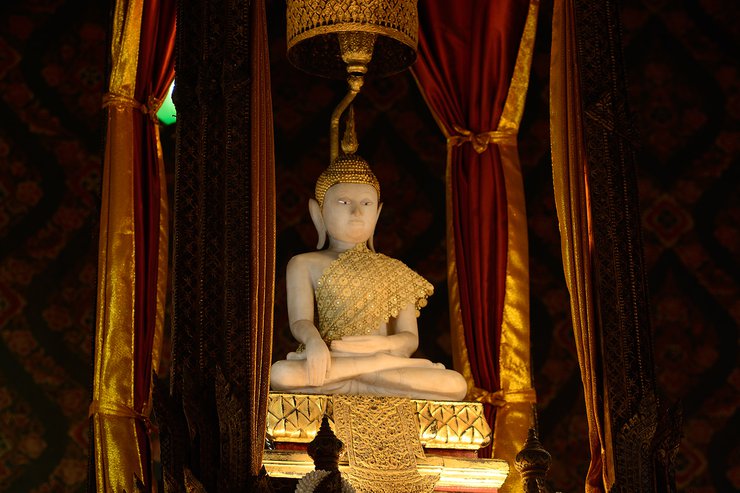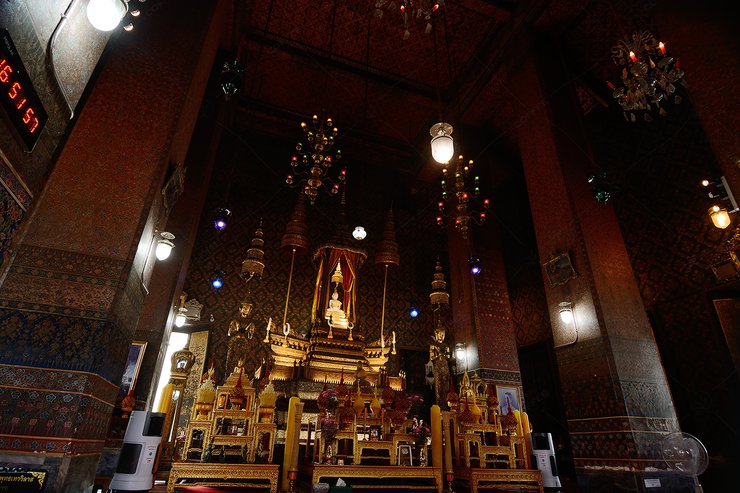
Writing a book is a way of recording history, and it is more detailed than taking a picture. However, pictures can be used to supplement the story and provide a more realistic view of the historical event. If we talk about the difficulty of writing a good article, the writer should know at least 80% of the origin of the place. Therefore, I can conclude that writing an article with references is quite difficult.

Rattanakosin Island: A landmark of Thailand that has been a training ground for novice photographers for many generations. We, too, were once among them. Before the advent of digital cameras, we acquired a Nikon F401 film camera for the sole purpose of recreational photography. The area around Rattanakosin Island served as our training ground due to its scenic beauty, convenient accessibility, and low cost for experimentation. It was our photographic playground, a place where we honed our skills without the need for extensive travel. Therefore, Rattanakosin Island holds a special place in the hearts of photography enthusiasts as a beautiful memory of the past.

The photograph was taken on August 4, 2018, which coincided with a Buddhist holy day. We arrived at Ratchaprarop Station by train and continued on bus route 511 (routes 183, 79, 59, and 2 also reach the destination) from the Diamond Bangkok Hotel at the entrance of Phetchaburi Soi 10. We informed the conductor that we were going to Phra Phuttha Yodfa Bridge. Upon disembarking, we were greeted by the beautiful scenery of the Phlap Phla Chai Memorial Park and the King Rama I Monument. As we walked towards the entrance of Wat Ratcha Natdaram, we noticed the metal castle. During the reign of King Rama IX, the top of the Mondop was black, but it was changed to a dazzling gold color during the reign of King Rama X.

The visit took place during a Buddhist holy day, in the late afternoon. It coincided with religious activities and evening prayers at Wat Ratchanadda. However, it is advisable to arrive early to avoid missing the opportunity. Additionally, the gates to the metal castle close at 5 pm, so plan your visit accordingly. The top of the metal castle houses a sacred relic.

Before heading to Wat Thepthidaram Worawihan, we stopped for a refreshing iced coffee at Milkey Tree Coffee, a small café located within the grounds of Wat Rachanadda, near the temple's back exit. To reach the café, we crossed a canal (Khlong Rop Krung) separating Wat Rachanadda and Wat Thepthidaram. The surrounding area offered a glimpse into the local way of life, rarely seen elsewhere. We continued walking along a narrow alley, turning left at a large Michelia champaca tree, which marked the back entrance of Wat Thepthidaram, leading to the rear of the main ordination hall where the revered Luang Pho Khao statue resides.

This Buddha statue was originally known as Luang Pho Khao during the reign of King Rama III. In 1975, King Rama IX visited the temple and bestowed the name Phra Phuttha Thewa Wilaas upon the statue. Luang Pho Khao is a Buddha statue in the Chiang Saen style with Sukhothai influences, depicted in the Mara-Vijaya posture. On the left and right sides of Luang Pho Khao are two Buddha statues adorned with royal attire in the Subduing the Ocean posture, known as Phra Thong. These statues are remarkably beautiful and bear a strong resemblance to those found at Wat Phra Kaew in Bangkok.

After paying respects to Luang Pho Khao, we checked our wristwatches and saw that there were about 15 minutes left before 5 pm, which is when the Bhikkhuni Vihara closes. We therefore hurried out of Luang Pho Khao's Ubosot and headed to the main attraction and highlight of this temple, which is known as Wat Thepthidaram. Personally, I believe that this group of 52 lacquered and gilded statues of bhikkhunis is an unseen wonder of Thailand. In my entire life, I have only seen statues of bhikkhunis at this temple.

Our original plan was to capture all the memories in my photos. However, due to time constraints caused by our stops for photos, breaks, and temple visits, we were running short on time before sunset. Therefore, we decided to walk back towards Wat Thepthidaram and climb up to Wat Saket (Golden Mount) to pay our respects. We passed through the Pom Mahakan community, which is now a historical site and a cultural heritage landmark. It has been transformed into a museum, and the Bangkok Metropolitan Administration (BMA) has included it in its cultural tourism plan.

The sentence is already in English and does not require translation.
Travel date: 2018-08-04
ถ่ายไปเที่ยวไป
Wednesday, February 26, 2025 7:53 PM

